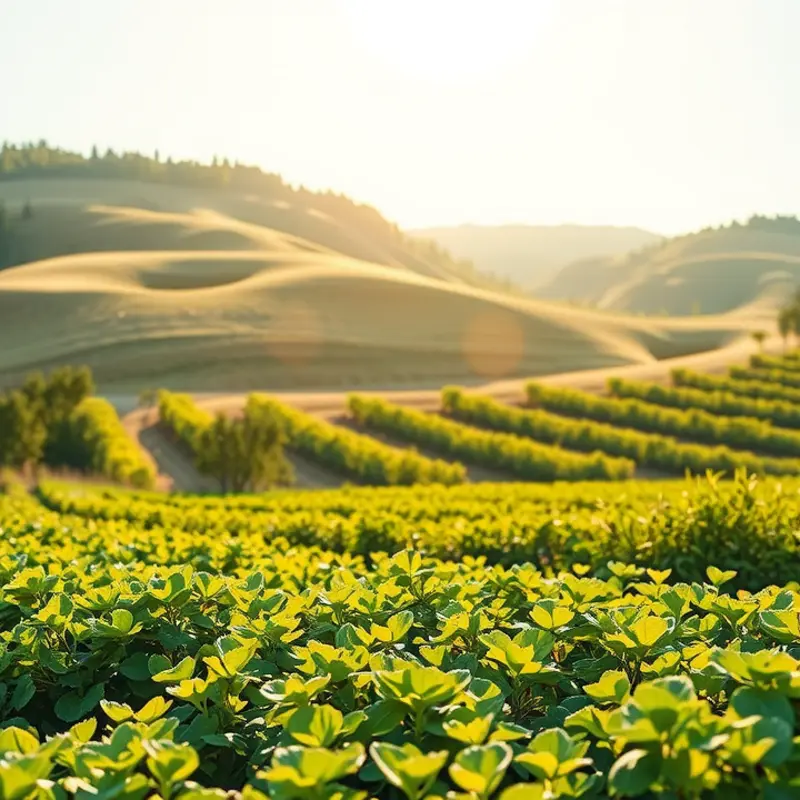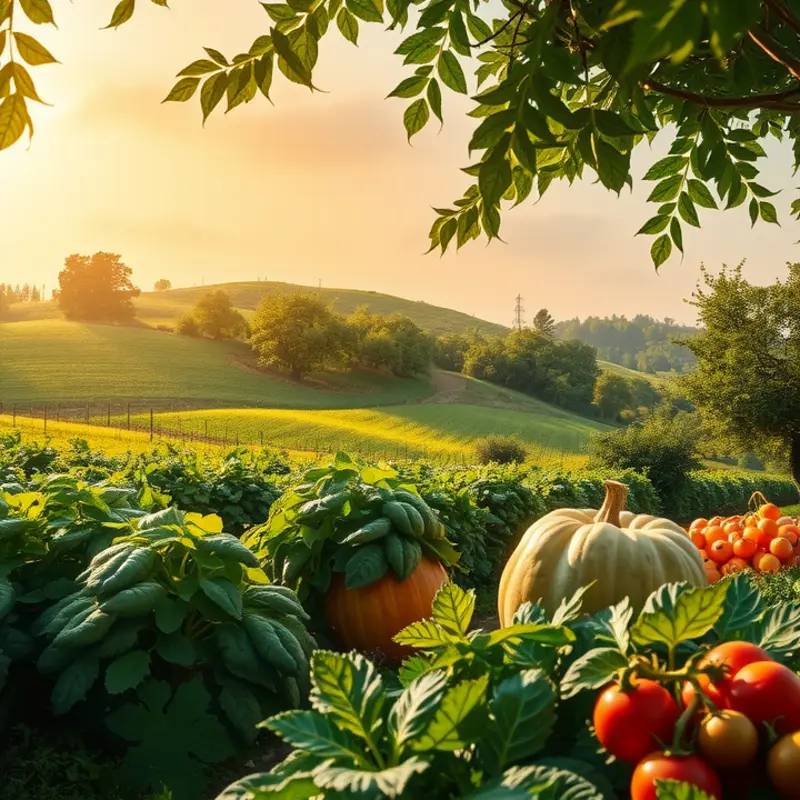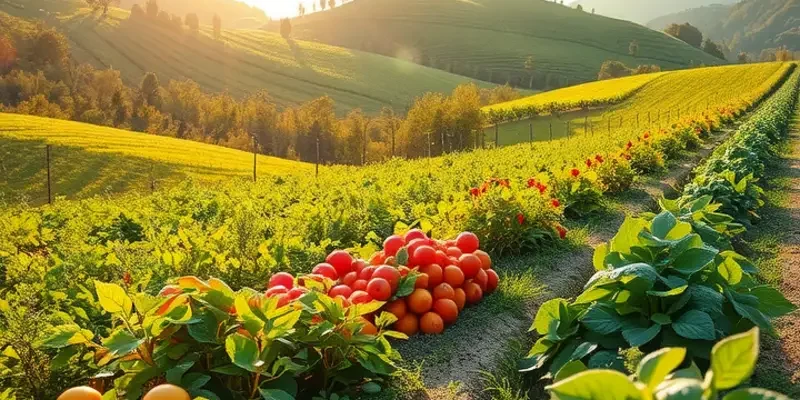Simmering is a foundational cooking technique that can elevate your dishes from ordinary to extraordinary. It’s all about achieving the right temperature and allowing flavors to meld beautifully. Whether you’re making soups, sauces, or braises, knowing how to simmer can enhance your culinary skills. This guide offers home cooks clear, practical tips to master simmering techniques, ensuring your dishes are always delicious and satisfying.
Understanding Simmering: The Basics

Simmering is the gentle art of coaxing flavors to meld together, creating richness and depth. At its core, it involves cooking slowly at a temperature just below boiling, where tiny bubbles occasionally break the surface.
The ideal temperature range for a perfect simmer sits between 180°F and 205°F (around 82°C to 96°C). Consistent heat control is key. Unlike boiling, which can cause proteins to toughen or break delicate ingredients, simmering ensures flavors are fully developed without overcooking or damaging the dish.
Choosing the right liquid is important for an effective simmer. Water serves as a neutral foundation but lacks depth. Broths and stocks introduce complexity, providing a backbone to soups, stews, and sauces. For more adventurous flavors, wine, beer, or coconut milk can serve as the simmering liquid, contributing their distinct characteristics to your dish.
Recognizing a perfect simmer involves observing the surface of the liquid. Look for small bubbles that occasionally rise to the surface without the vigorous activity of a rolling boil. You may notice gentle steam and a steady supply of aromatic steam wafting upwards—these are signs that the simmer is working its magic.
Mastering this technique involves patience and attention to detail. The vessel you use can impact the simmering process, with thicker pots promoting even heat distribution, ensuring your dish cooks uniformly. Keep a close eye, adjusting the heat as necessary to maintain that characteristic gentle bubble.
Even experienced cooks can struggle with understanding when to use a cover during simmering. The rule of thumb is to cover the pot to trap heat and moisture for dishes where you want to retain flavors or thicken slowly; leave it uncovered for reductions or when you want to concentrate the flavors more quickly.
Simmering’s charm lies in its ability to transform the simplest ingredients into complex and comforting meals. By providing just enough heat, it coaxes out the essence of herbs, the sweetness of root vegetables, and the richness of meats, achieving culinary harmony.
For those looking to explore this technique further, consider experimenting with sauce reduction to create intense and flavorful dishes without relying heavily on salt. For more insights, explore this guide on simmering sauces and enhance your cooking repertoire.
Incorporate the art of simmering into your kitchen routine to elevate your home-cooked meals, making them more nuanced and flavorful with every bite.
Perfecting Your Simmer: Techniques and Tips

Simmering may seem basic, but mastering it can transform your cooking. First, consider the art of adjusting heat. Simmering involves keeping the liquid just below the boiling point, where it gently bubbles. This requires finesse. You can start by bringing liquids to a boil, then immediately reducing the heat. A low to medium heat setting usually works, but every stove is different, and electric stoves particularly vary in temperature range.
Using a lid significantly impacts simmering. Without a lid, water evaporates quickly, concentrating flavors but also risking burning. When making soups or stews, consider partially covering the pot. This setup allows for some evaporation while maintaining enough moisture. For rice or grains, a fully closed lid helps retain moisture and cooks the grains evenly.
Timing when to add ingredients is crucial for balancing flavors. For instance, delicate herbs like basil should be added towards the end. Otherwise, their flavor dissipates. Conversely, dense vegetables such as carrots should enter early, allowing them to tenderize and enrich the broth. Proteins, especially meats, can benefit from searing before simmering; this locks in their juices and adds complexity to the dish.
When achieving depth in sauces, consider layering ingredients. Start by sweating onions and garlic on low heat until they soften and release sweetness. Follow this with spices or fresh herbs to toast them slightly, releasing aromatic oils. Afterward, you can add liquids like broth or tomato sauce, allowing each component to meld harmoniously.
In some cases, an extended simmer can elevate a dish from good to extraordinary. Long cooking times allow flavors to intensify and develop. When simmering for extended periods, stir occasionally to prevent sticking and uneven cooking. It’s worth noting that simmering can complement sustainable cooking practices by making the most of every ingredient.
For more insights on eco-friendly cooking methods, consider exploring low waste cooking practices.
Achieving the perfect simmer is about control and patience. Adjusting heat, using a lid efficiently, and timing ingredient additions can significantly impact flavor. Embodying these techniques will not only improve your dishes but also enhance your overall cooking prowess.
Final words
Simmering is a skill that pays off in the kitchen, allowing flavors to develop and create hearty, delicious meals. Whether you’re an experienced cook or just starting, refining your simmering techniques will elevate your dishes and impress your family and friends. Remember to monitor the temperature, adjust as necessary, and enjoy the process of creating flavorful meals. With these practical tips, you are well on your way to mastering the art of simmering and bringing warmth to your kitchen.







